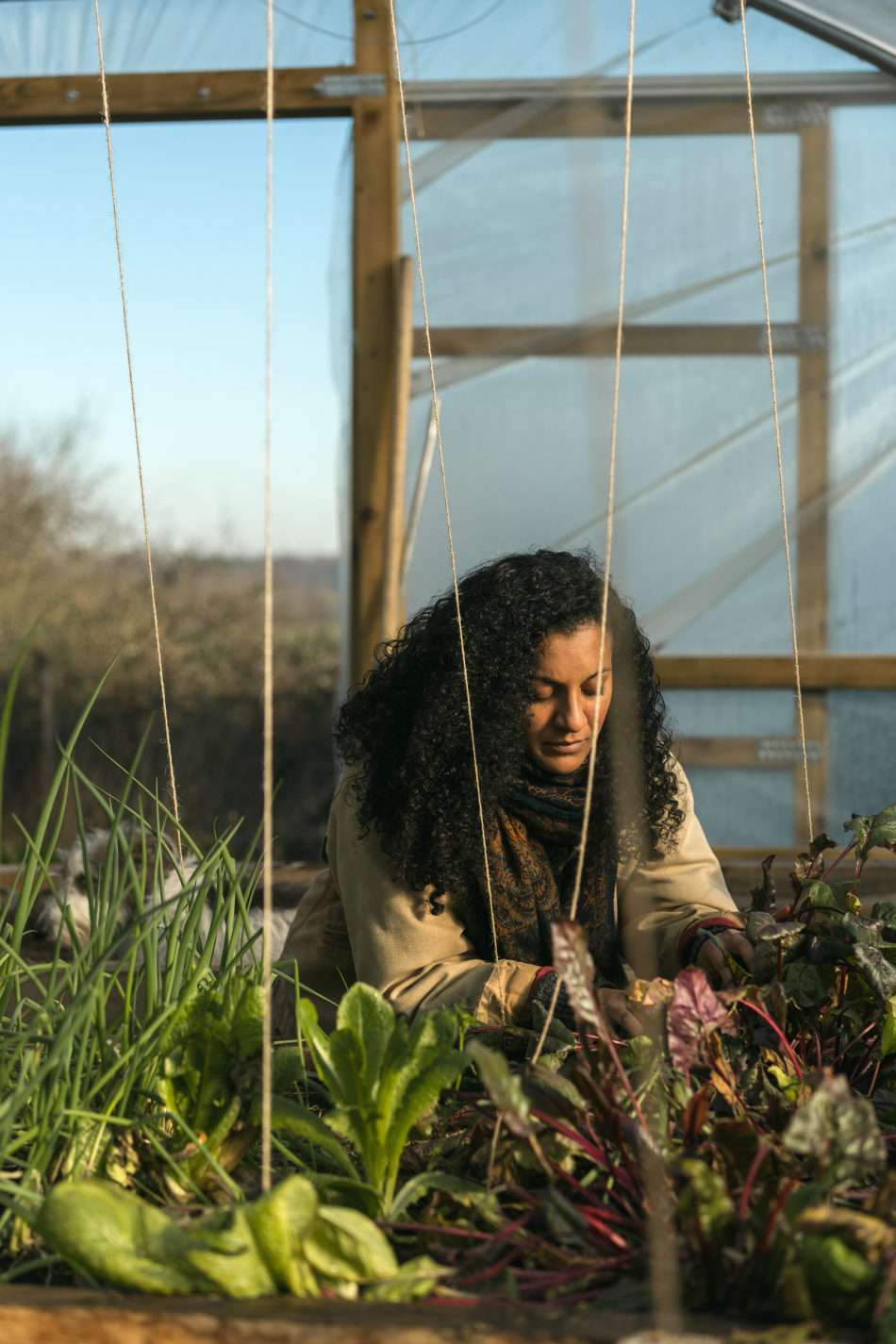Gardener’s Diary: tips on summer vegetable care


Claire Ratinon, our resident organic gardener,
shares tips on summer vegetable care, from watering to dealing with pests.
Claire: Hopefully now that July is here, your grow-your-own adventure is well underway and the plants you have in the soil are growing joyfully in the summer sun. This month is all about caring for your plants as they hit their stride, ensuring they are fed, supported and protected so that they produce the harvest you’ve been waiting for.
Supporting your plants’ growth
Even though your edible plants mostly take care of the growing, flowering and fruiting for themselves, there’s a couple of tasks that are worth making time for in July which will give them what they need to flourish.
At this point in the season, a regular feed can
support a plant’s growth, especially if it’s producing fruit or the medium
they’re growing in is running low on nutrients. Liquid seaweed is a well-balanced
organic fertiliser that can be diluted into water and poured onto the roots of your plants to keep
them nourished.
It’s also possible to make homemade liquid
fertiliser from nettles or comfrey by soaking their leaves in a bucket of water
for a few weeks (until it becomes unbearably stinky!) and then straining the
tea and diluting it to feed to your plants. Nettle fertiliser tea is high in
nitrogen so use it on your leafy plants like lettuce, chard and kale while
comfrey tea is great for fruit-bearing plants such as tomatoes, courgettes and
cucumbers.
Abundantly growing plants, like tomatoes and
squash, can benefit from some considered pruning to improve the airflow around
the plant which will help prevent the buildup of moisture and the spread of
diseases, should they appear. If you are pruning away diseased or damaged
leaves, be sure to use clean and sharp secateurs or snips and to disinfect them
after use to prevent spreading anything around your vegetable patch.
Check that the supports that you installed for
your plants are still doing their job, whether that’s tying another piece of twine
around the lengthening stem of your tomato plants, encouraging beanstalks to
reach for and wrap around a bamboo cane or raising strawberries, courgettes and
winter squash off the ground with straw or hay to prevent them from rotting as
they grow and ripen.
Dealing with pests
The question I get most often when it comes to growing vegetables – and gardening more generally – is, ‘What do I do about slugs and snails?’ And the main thing is swear at them and weep over the damage they’ve done because I’m always a little too late to realise that slugs are rampaging through my beds until my chard is peppered with holes and my newly planted beans have been chewed down to a nub at ground level.
Once I realise that they’re making their
presence known, I do two things: set yeast traps and nighttime slug patrol.
Bury a jar or tray into the ground in an area of high slug traffic and fill
with a solution made of yeast (or beer), warm water and a little sugar and this
beverage should prove irresistible and coax those slimy troublemakers to a
somewhat enjoyable death by drowning. Alternatively – and I’d argue most
effectively – go out in the evening with a bucket (or a sharp pair of
secateurs) and collect (or snip) all the slugs that have emerged from their
hiding places for a nighttime feed on your juiciest plants. I know that neither
of these methods are cruelty free but if you’re overrun with hungry pests and
losing crops, it might be a necessary evil.
Another pest that multiplies rapidly is the sap-sucking
aphid. These small soft-bodied creatures take residency on young growth and
feed on the sugary liquid inside the new shoots and leaves. This damage can
lead to distorted and inhibited growth and can even stop a plant in its tracks
if left unchecked. They affect a wide
range of plants and can transmit viruses so the moment you spot an infestation
is the time to try and get a handle on it. Aphids can be removed manually,
squishing or wiping by hand or blasting them off with a hose (assuming that the
plant is strong enough to withstand the force). Garlic spray made from steeping
cloves in warm water and then diluting can also help suppress an influx of
aphids when sprayed directly on them.
Harvesting
In July, your harvests should be coming in thick and fast so make sure you keep on top of picking to encourage your plants to be productive.
Beans and peas take frequent harvesting as a
sign to keep producing more flowers and fruit so pick regularly to make the
most of your plants’ potential. Courgettes can grow at an incredible speed and
a small tender courgette can very quickly transform into a quite massive marrow,
so keep checking your plants at least every other day for courgettes that are
ready to be eaten.
Always use a sharp pair of snips or knife to
harvest your produce and try to avoid pulling or tearing your fruit away from
the main plant as unnecessary damage or wounds can weaken it and create an
opportunity for diseases to find their way in.


